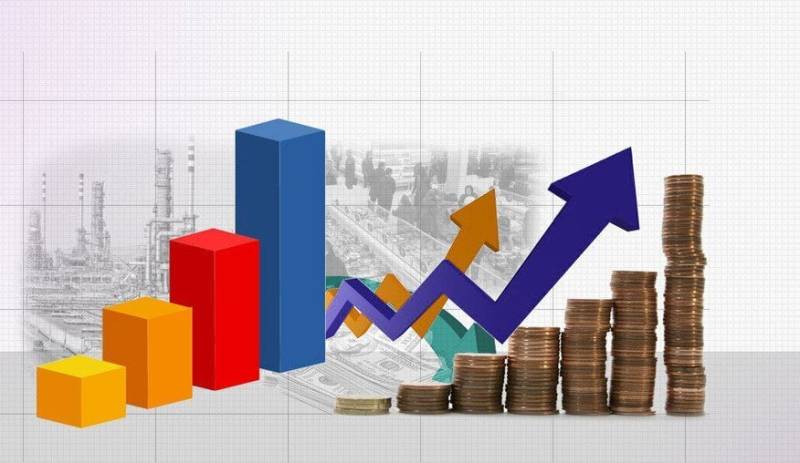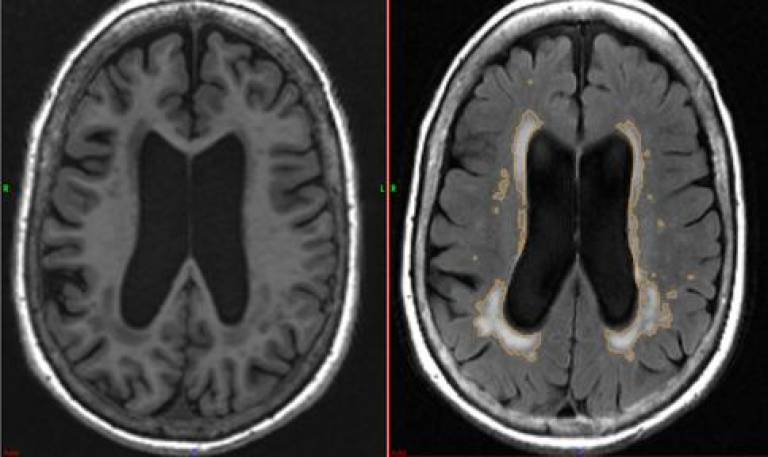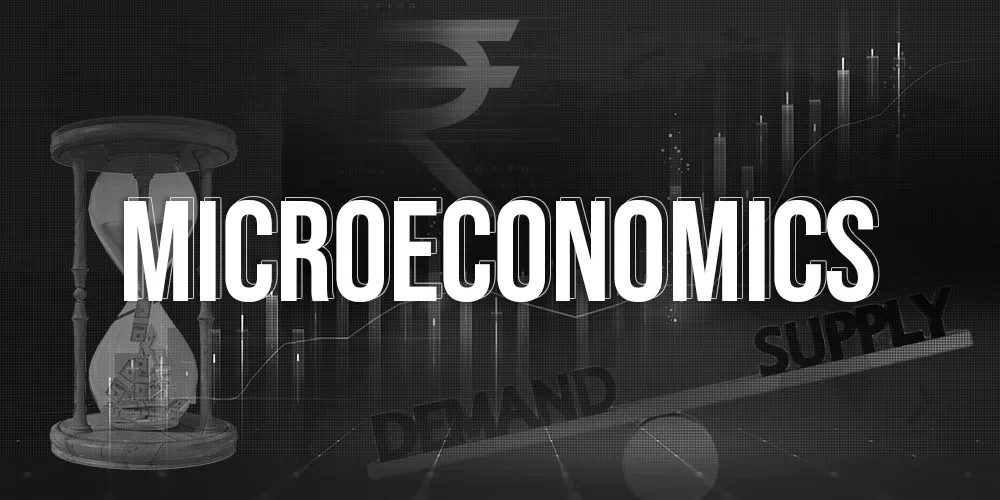What Is Financial Exclusion?
Financial exclusion refers to the inability of individuals or groups to access financial services and products in the formal financial system. This exclusion can occur due to various reasons such as lack of access to banking facilities, absence of appropriate financial products tailored to specific needs, insufficient income or documentation requirements, geographic barriers, or discrimination […]
What Is Financial Exclusion? Read More »









